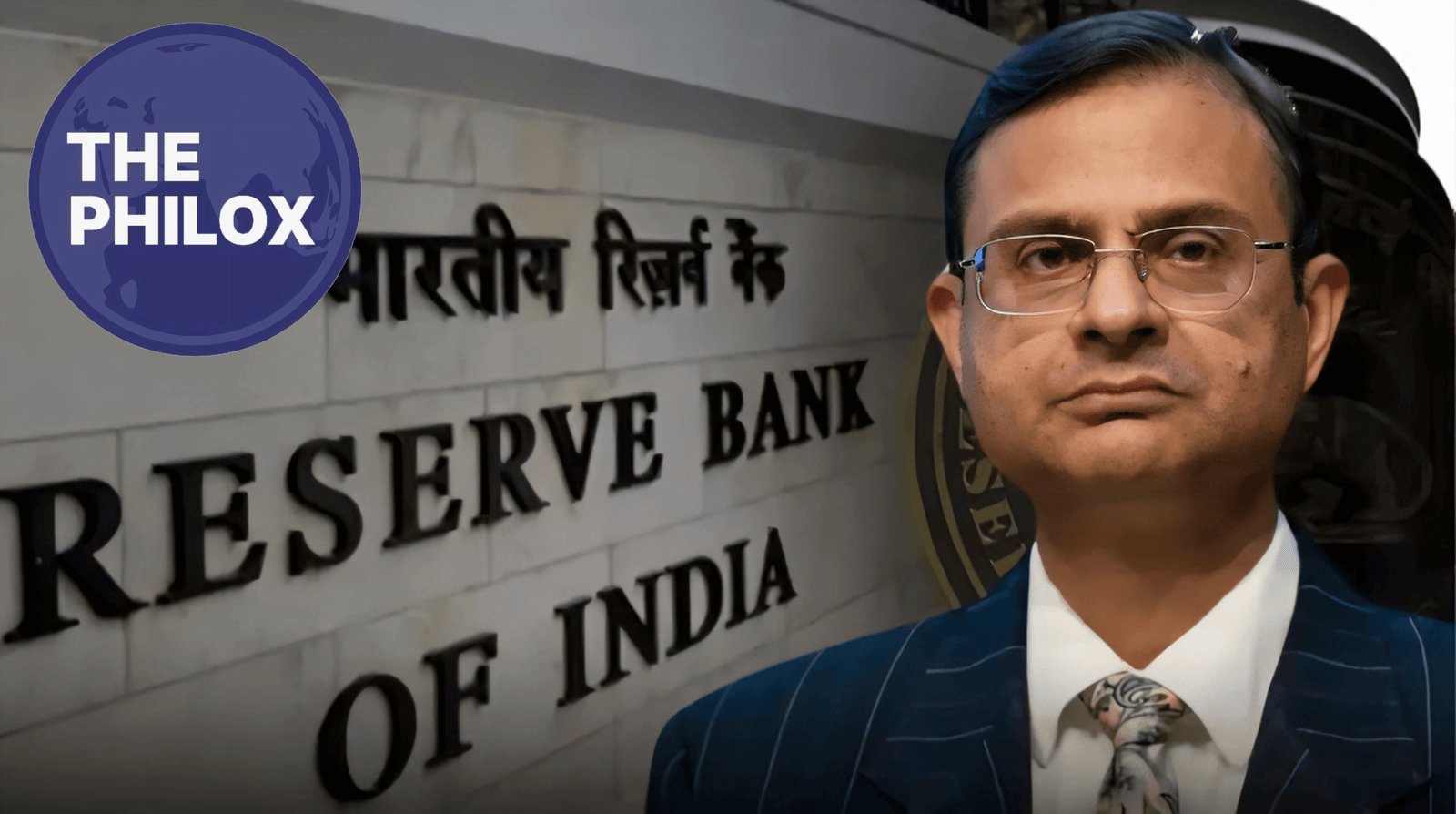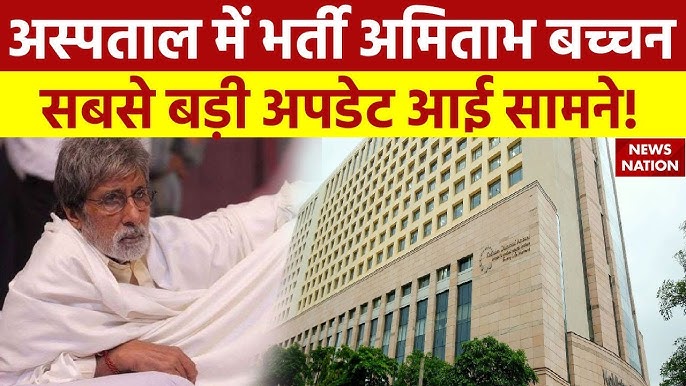Following Shaktikanta Das, Sanjay Malhotra was named the 26th Governor of the Reserve Bank of India (RBI) in December 2024 His appointment coincides with difficulties for India’s economy including slowing down of GDP and increasing prices.
Viewers have compared Malhotra’s leadership with that of former Governor Raghuram Rajan, highlighting parallels in their backgrounds, attitudes to economic difficulties, and ideas for the RBI’s place in India’s financial system.
Background of Sanjay Malhotra and Early Initiatives
From the Rajasthan cadre, Sanjay Malhotra, a 1990-batch Indian Administrative Service (IAS) officer, provides nearly three decades of expertise spanning finance, taxation, power, information technology, and mining.
Having attended both Princeton University and the Indian Institute of Technology (IIT) Kanpur, Malhotra has held important roles as Secretary of the Department of Financial Services and Revenue Secretary.
Malhotra stressed upon policy stability, consistency, and financial inclusion upon taking office. He underlined the significance of the RBI staying flexible and responsive to world issues including geopolitics concerns and climate change.
Tenure of Raghuram Rajan: A Reform Benchmark
From 2013 until 2016, Raghuram Rajan presided over the RBI as 23rd Governor. Many people recall his reign for major changes meant to steady the Indian economy under trying conditions.
Rajan’s main concentration was on lowering inflation; he effectively brought retail inflation from 9.8% in September 2013 to 3.78% in July 2015.
Under Rajan’s direction, the RBI adopted, in line with international standards, the Consumer Price Index (CPI) as the main inflation indicator.
He also improved India’s foreign exchange reserves, which rose almost thirty percent under his direction. To provide financial services to underprivileged groups, Rajan also unveiled new banking licenses including those for payment banks.
Comparison: Malhotra and Rajan
Under times of economic instability, both Malhotra and Rajan took over the governorship. Rajan took leadership when India was among the “Fragile Five,”
dealing with weakening rupees and significant inflation. Malhotra’s appointment also fits growing inflation and declining economic growth.
Their educational backgrounds are similar; both Malhotra at Princeton University and Rajan at the Massachusetts Institute of Technology attended esteemed foreign universities.
Their views on economic policies and changes have been shaped by this worldwide awareness.
One important similarity is their focus on policy continuity and stability. While Malhotra has underlined the need of consistent policies in taxes, fiscal, and monetary sectors, Rajan’s inflation-targeting system offered a disciplined approach to monetary policy.
Another mutual interest is financial inclusion. Rajan’s programs sought to provide banking services to the unbanked, and Malhotra has underlined that maintaining India’s growth trajectory depends mostly on financial inclusion.
Problems and Anticipations for Malhotra
Malhotra must balance the necessity to boost economic growth with inflation management. The latest devaluation of the rupee has complicated monetary policy decisions and might affect inflation and interest rates.
Based on market expectations, Malhotra might choose a more liberal monetary policy posture, maybe resulting in interest rate reduction to boost the slowing down economy.
To keep economic stability, he will have to tread cautiously through these choices though.
Ultimately
Given their comparable origins and approaches to economic problems, Sanjay Malhotra’s leadership at the RBI is inevitably compared with Raghuram Rajan’s.
Although Rajan’s changes set a standard for stabilizing and modernizing India’s financial system, Malhotra’s early focus on policy stability, growth, and financial inclusion shows a dedication to keep this path of development.
Malhotra’s approaches will be widely watched as he tackles modern economic problems to evaluate their effects on India’s economic resilience and expansion.





